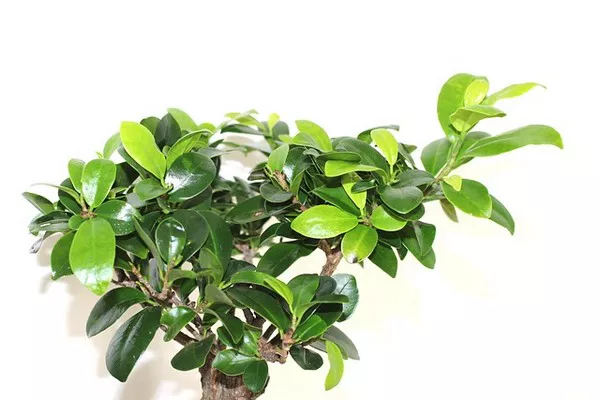Maintaining a healthy ficus bonsai requires attention to various factors, with watering being among the most crucial. The delicate balance between hydration and root health is paramount for the well-being and longevity of your bonsai. In this comprehensive guide, we delve into the intricacies of watering frequency for ficus bonsai, offering insights and best practices to ensure optimal growth and vitality.
Understanding Ficus Bonsai Watering Needs
Ficus bonsai, belonging to the Ficus genus, encompass a diverse range of species, each with unique watering requirements. However, certain general principles apply to most ficus bonsai varieties. These plants typically prefer consistently moist soil without being waterlogged. Understanding the specific needs of your ficus bonsai is essential, as factors such as species, pot size, soil type, and environmental conditions influence watering frequency.
Factors Influencing Watering Frequency
Species Variation: Different ficus species exhibit varying water needs. For instance, Ficus microcarpa may require more frequent watering compared to Ficus benjamina.
Pot Size and Root Development: The size of the bonsai pot and the extent of root development influence water retention and uptake. Smaller pots with denser root systems may necessitate more frequent watering.
Soil Composition: Well-draining soil with good aeration promotes healthy root growth and prevents waterlogging. Soil that retains too much moisture increases the risk of root rot, whereas excessively porous soil may require more frequent watering.
Environmental Factors: Factors such as temperature, humidity, sunlight exposure, and air circulation affect the rate of evaporation and water absorption by the bonsai. Hotter and drier conditions may necessitate more frequent watering, while cooler and more humid environments may require less.
Seasonal Variations: Watering frequency often fluctuates with the seasons. Bonsai may require more water during hot summer months and less during cooler periods or dormancy.
Establishing a Watering Routine
Observation: Regularly monitor the moisture level of the soil to gauge watering needs. Inserting a finger into the soil or using a moisture meter can help determine when watering is necessary.
Visual Cues: Pay attention to visual cues such as wilting leaves, dry soil surface, or excessive yellowing, which may indicate under-watering. Conversely, waterlogged soil, mushy roots, or leaf drop can signal over-watering.
Watering Techniques: When watering your ficus bonsai, ensure thorough saturation of the soil while allowing excess water to drain freely from the drainage holes. Watering from above until water flows out of the bottom ensures even moisture distribution throughout the root system.
Frequency Adjustments: Adjust watering frequency based on seasonal changes, environmental conditions, and the specific needs of your ficus bonsai. During warmer months or periods of increased growth, more frequent watering may be necessary. Conversely, reduce watering during cooler months or when the plant is in dormancy.
Humidity Management: In dry indoor environments, supplemental humidity through methods like misting or placing the bonsai on a humidity tray can help maintain moisture levels and prevent dehydration.
Common Watering Mistakes to Avoid
Over-Watering: Excessive watering can lead to root suffocation, rot, and fungal diseases. Avoid watering on a fixed schedule and instead rely on the moisture needs of the bonsai and environmental conditions.
Under-Watering: Neglecting to water the bonsai adequately can result in wilting, leaf drop, and stress. Develop a consistent watering routine while remaining attentive to the plant’s moisture requirements.
Improper Drainage: Inadequate drainage in the bonsai pot can lead to waterlogging and root rot. Ensure proper drainage by using a well-draining soil mix and pots with sufficient drainage holes.
Inconsistent Watering: Irregular watering patterns can stress the bonsai and disrupt its growth cycle. Aim for consistency in watering frequency while adjusting as needed based on seasonal and environmental factors.
Water Quality: Avoid using chlorinated or heavily treated water, as it can harm beneficial soil microbes and sensitive roots. Opt for filtered or distilled water, or allow tap water to sit overnight to dissipate chlorine before use.
Conclusion
Achieving the perfect balance of hydration for your ficus bonsai is a nuanced process that requires careful observation, understanding of plant needs, and responsiveness to environmental cues. By tailoring your watering routine to the specific requirements of your bonsai and adopting best practices, you can promote robust growth, vibrant foliage, and long-term health for your cherished plant companion. Remember, successful bonsai cultivation is not just about watering; it’s about nurturing a living work of art with patience, dedication, and a deep appreciation for nature’s beauty.


